How Do the Electric Vehicle Tax Credits Work?
Blink Charging
FEBRUARY 23, 2023
Federal tax credits for electric vehicles in the United States are complicated, especially with new changes for 2023. Under the current version of the Section 30D Clean Vehicle Credit (CVC), there are specific criteria that both the vehicle and taxpayer must meet. First, the easy part: How do I claim the $7,500 EV tax credit?




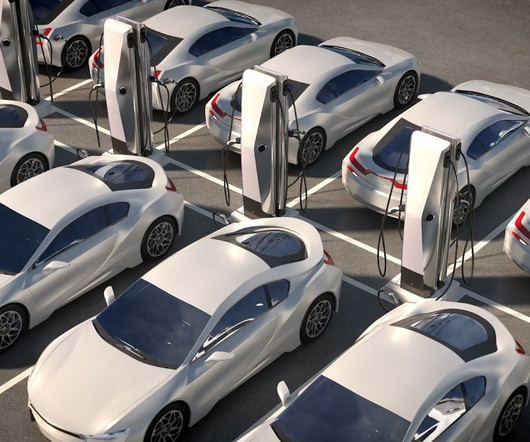





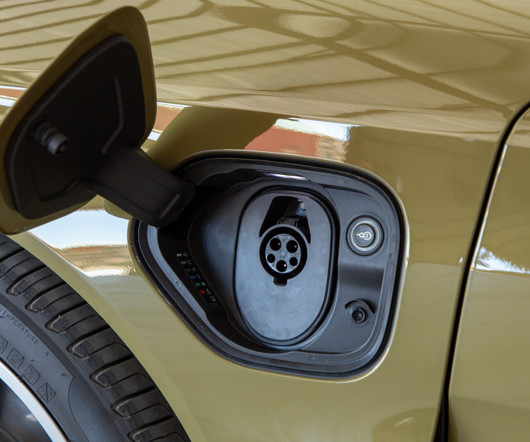
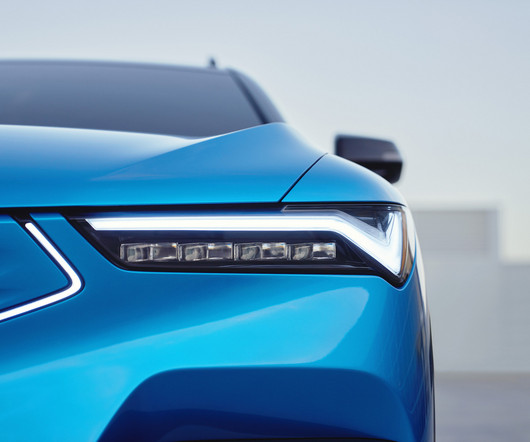


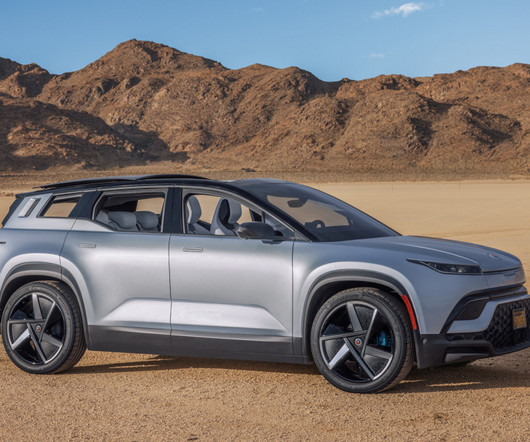

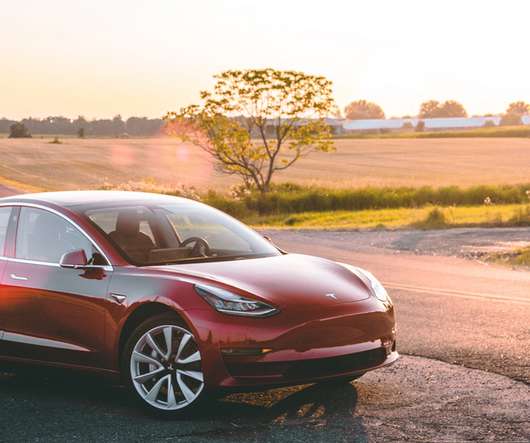


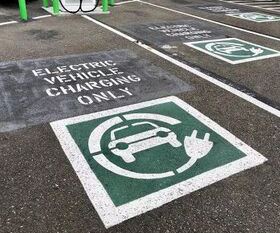






Let's personalize your content